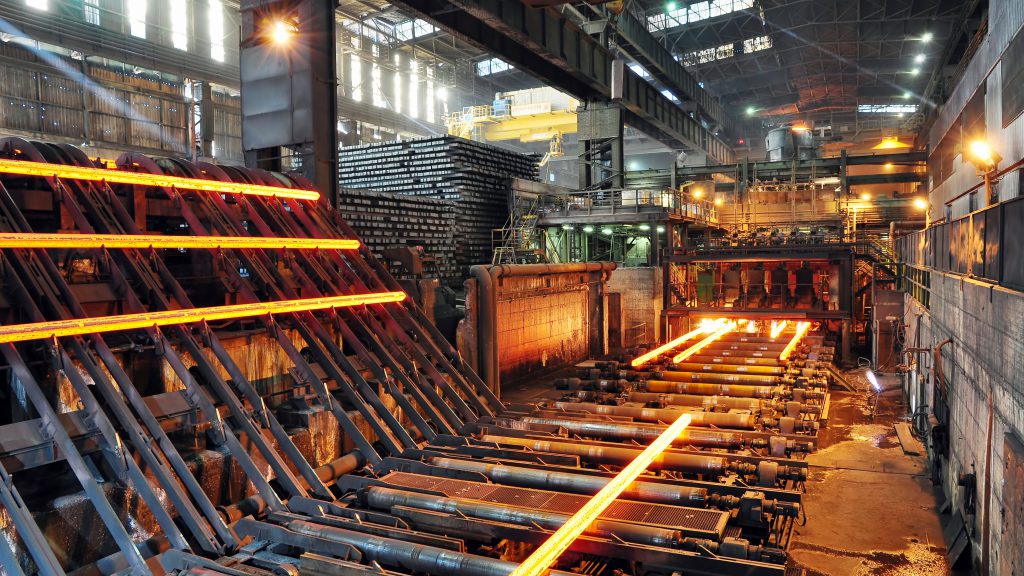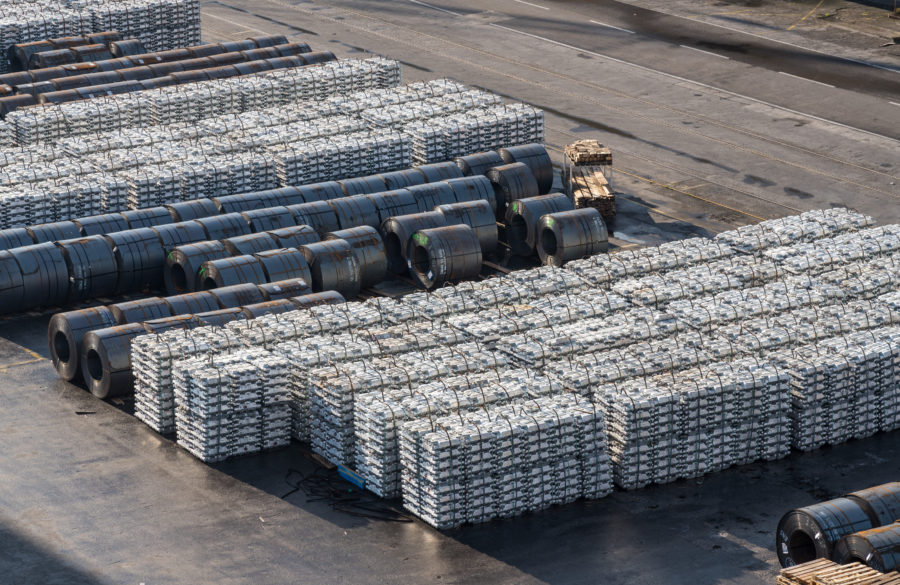Russell: Iron ore price slump justified by improving supply, China steel control

(The opinions expressed here are those of the author, Clyde Russell, a columnist for Reuters.)
Iron ore’s rapid retreat in recent weeks shows once again that price pullbacks can be as disorderly as the exuberance of rallies, before the fundamentals of supply and demand reassert themselves.
Depending on which price for the steel-making ingredient is used, the price has slumped between 32.1% and 44% since the all-time high reached on May 12 of this year.
The surge to the record did have fundamental drivers, namely supply constraints in top exporters Australia and Brazil and strong demand from China, which buys about 70% of global seaborne iron ore.
But a 51% leap in the spot price of iron ore for delivery to north China, as assessed by commodity price reporting agency Argus, in a mere seven weeks from March 23 to a record high of $235.55 a tonne on May 12 was always going to be far frothier than market fundamentals justified.
The unknown factor for iron ore is what policy changes Beijing may adopt
The speed of the subsequent 44% tumble to a recent low of $131.80 a tonne in the spot price is also probably not justified by the fundamentals, even if the trend toward lower prices is entirely reasonable.
Supply from Australia has been steady as the impact of earlier weather-related disruptions faded, while Brazil’s shipments are starting to trend higher as the country’s output recovers from the effects of the coronavirus pandemic.
Australia is on track to ship 74.04 million tonnes in August, according to data from commodity analysts Kpler, up from 72.48 million in July, but below a six-month high of 78.53 million in June.
Brazil is forecast to export 30.70 million tonnes in August, up from 30.43 million in July and in line with June’s 30.72 million, according to Kpler.
It’s worth noting that Brazil’s exports have recovered from earlier this year, when they were below 30 million tonnes every month from January to May.
The improving supply picture is being reflected in China’s import numbers, with Kpler expecting 113.94 million tonnes to arrive in August, which would be a record high, eclipsing the 112.65 million reported by China customs in July last year.
Refinitiv is even more bullish on China’s imports for August, estimating that 115.98 million tonnes will arrive in the month, a 31% surge from the official figure of 88.51 million for July.

The figures compiled by consultants such as Kpler and Refinitiv don’t exactly align with customs data, given differences in when cargoes are assessed as having been discharged and cleared by customs, but the discrepancies tend to be small.
Steel discipline
The other side of the coin for iron ore is China’s steel output, and here it seems clear that Beijing’s instruction that production for 2021 shouldn’t exceed the record 1.065 billion tonnes from 2020 is finally being heeded.
July crude steel output fell to the lowest since April 2020, coming in at 86.79 million tonnes, down 7.6% from June.
Average daily output in July was 2.8 million tonnes, and it is likely to have declined further in August, with the official Xinhua news agency reporting on Aug. 16 that daily production in “early August” was just 2.04 million tonnes per day.
Another factor worth noting is that China’s iron ore inventories at ports resumed climbing last week, rising to 128.8 million tonnes in the seven days to Aug. 20.
They are now 11.6 million tonnes above the level of the same week in 2020, and up from the northern summer low of 124.0 million in the week to June 25.
A more comfortable level of inventories, and the likelihood they will build further given August’s forecast bumper imports, is another reason for iron ore prices to retreat.
Overall, the two conditions necessary for a pullback in iron ore have been met, namely rising supply and steel output discipline in China.
If those two factors continue, it’s likely that prices will come under further pressure, especially since at the close of $140.55 a tonne on Aug. 20, they remain above the price range of about $40 to $140 that prevailed from August 2013 to November last year.
In fact, apart from a brief summer demand spike in 2019, spot iron ore was below $100 a tonne from May 2014 to May 2020.
The unknown factor for iron ore is what policy changes Beijing may adopt, with some market speculation that the stimulus taps will be reopened to prevent economic growth from slowing too much.
In this case, it’s likely that pollution concerns will be placed second to growth, and steel mills will once again crank up output, but this scenario is still in the realm of speculation.
(Editing by Richard Pullin)
More News
China’s mining investment under Belt and Road Initiative sets new record – report
China's overseas mining investment under its Belt and Road Initiative hit another peak last year at $21.4 billion.
March 29, 2025 | 10:26 pm
Column: Europe’s future metals strategy hindered by current crisis
Chinese over-capacity and high energy prices have accelerated the long-term decline of European steel and aluminum production.
March 29, 2025 | 02:25 pm
{{ commodity.name }}
{{ post.title }}
{{ post.excerpt }}
{{ post.date }}



Comments